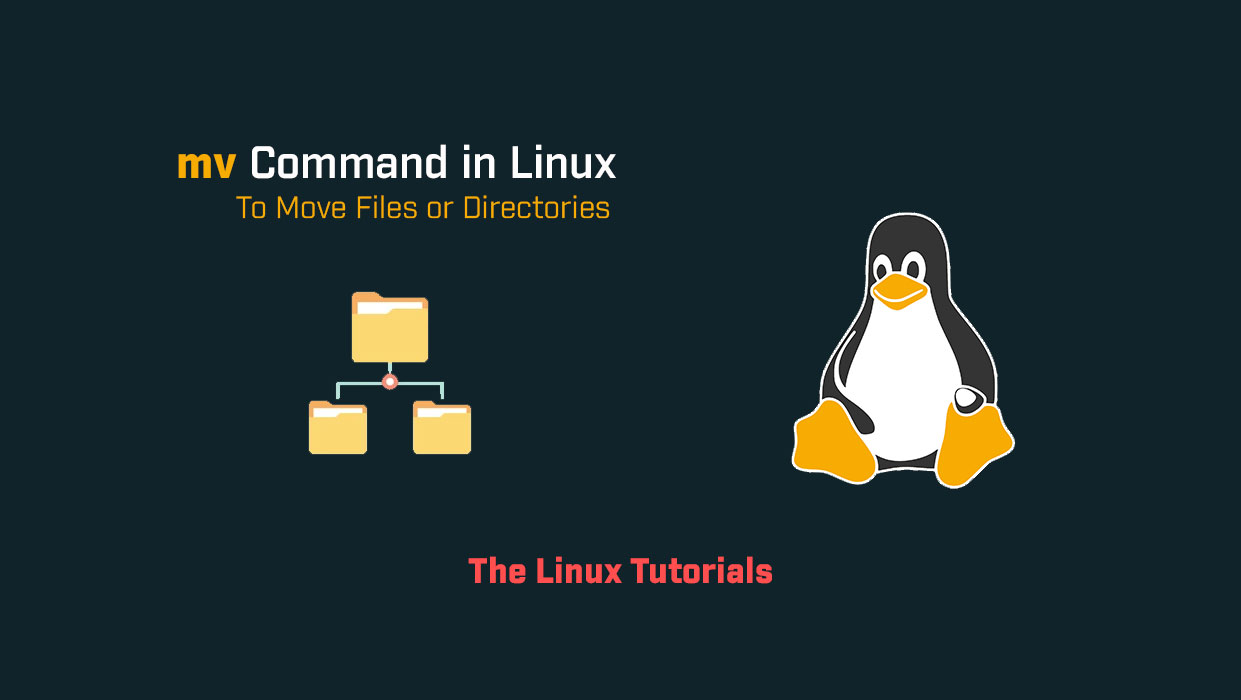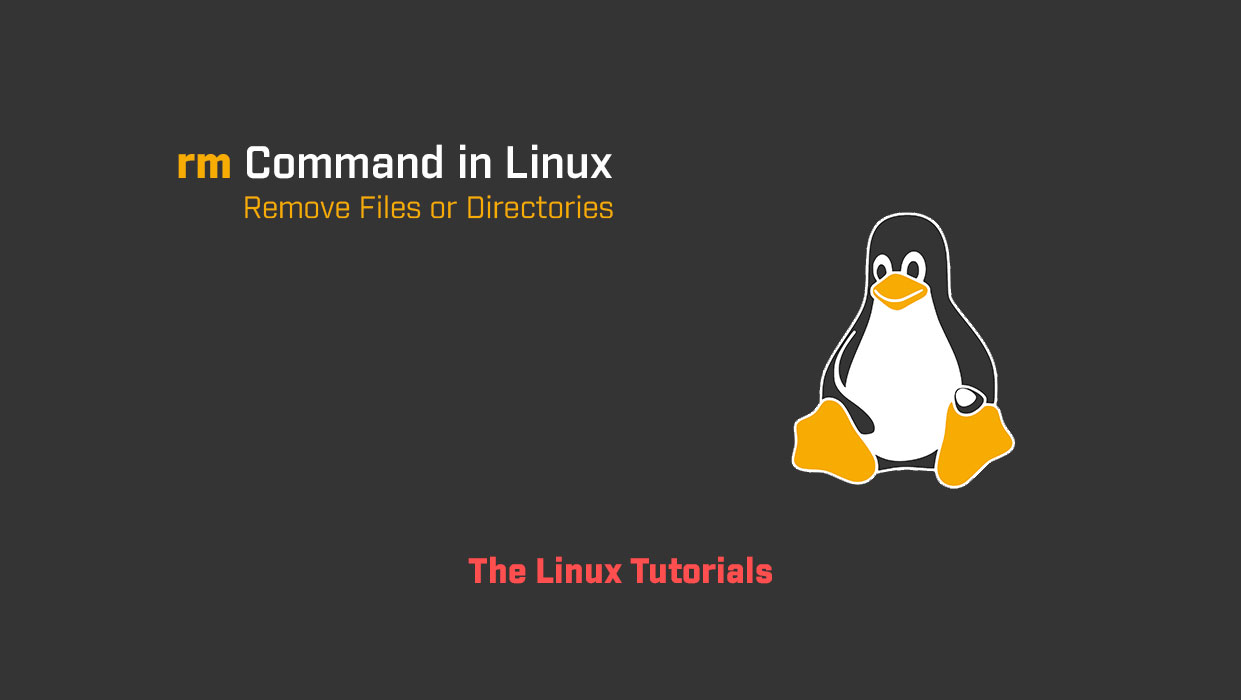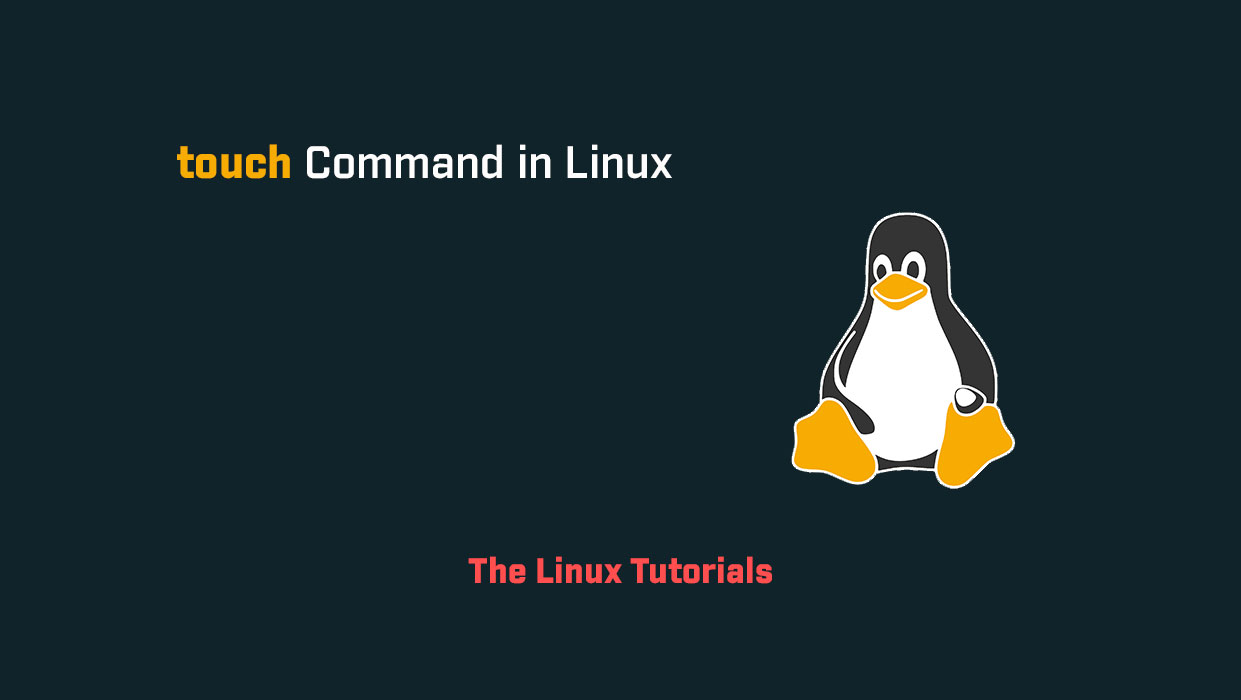In this tutorial, you’ll explore how to use the mv command in Linux. The mv command in Linux is used to move or rename files and directories. The mv command is a powerful tool that allows users to move files and directories between different locations on their system, including renaming files and directories. In this […]





